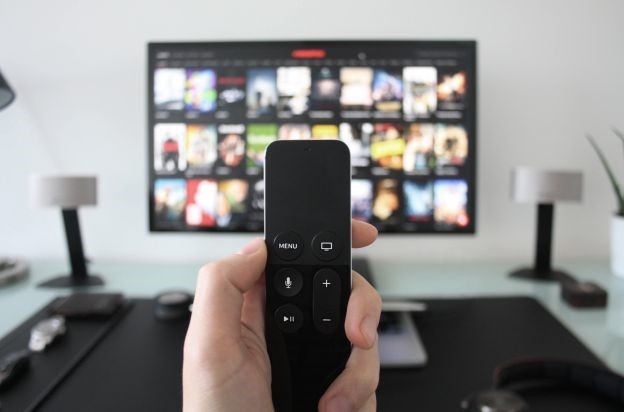
Home | Guides
 How to Secure Your Smart TV
How to Secure Your Smart TV
So, you have finally bought that smart television set! It's got all the features you need - and many more you don't. Smart TVs are connected to the Internet, and this means that they are vulnerable to cyber attacks. Here's what you need to do to keep your information private.
Begin by securing all your accounts. There are lots of apps for Android TVs, for example: Facebook, AccuWeather, VLC, Vimeo and Spotify are just a few examples. But most of these applications require an account, and you'd better choose a strong password for it.
If you plan to run Facebook on your brand new 100-inch TV, it's time to replace that '123456' password you've been using for years. Use a random password generator (just Google it) to create random password strings that have at least 15 characters.
For best results, enforce two-factor authentication (2FA) whenever it is possible to do so. Google and Microsoft have built applications which connect to your accounts through a QR code that can be scanned using a mobile phone, and then generate random 6-digit numbers which must be typed in to log into each account. So, even if a hacker has managed to discover your username and password information, he won't be able to log into your account, because he doesn't have access to the secret 6-digit number.
Believe it or not, even though 2FA systems like these will play a significant role in keeping your devices secure, they can be broken. So, it makes a lot of sense to keep your private - and especially financial - information away from your Smart TV and its convenient applications. I am also talking about the mobile apps which communicate with your television set, of course.
Many manufacturers are aware of their products' potential security issues, so they release firmware and app updates regularly. Some companies do a great job by including the option to update these pieces of software automatically. If your TV doesn't have this feature, you should add a monthly reminder in your calendar, and then set aside 10-20 minutes each month for the task. Don't skip these updates; otherwise, your data may be in danger.
Disable your TVs camera and microphone; you should find the option in the "settings" menu. For even better results, tape them up, because hackers may be able to get into your settings over the Internet, and then turn them back on. You don't want a cybercriminal to spy on you by making use of your TVs camera, right?
Third-party remote-control apps may have more features, but you should keep using the TV manufacturer's application. If those third-party apps get hacked, cyber villains will get access to all the passwords, and then they will use them to log into your accounts, change TV settings, and so on.
Don't forget to secure your wireless network as well. Most people prefer to use Wi-Fi connections, rather than connecting their TVs to the Internet through an Ethernet cable. To boost Wi-Fi security levels, make sure to keep the router up to date. Some router manufacturers make it easy to do that by providing apps which do the job for you, while others post new firmware versions on their sites as soon as they become available. Under these circumstances, although I hate unsolicited email as much as you do, my recommendation is to subscribe to the manufacturer's newsletter, which will highlight all the security issues, as well as their fixes.
Be sure to use a strong password for your wireless network. If a hacker manages to connect to your Wi-Fi, he will have access to all the resources that are shared over the network, and he will be able to break into some of the less secured network clients. Unfortunately, your smart TV is one of the ideal targets.